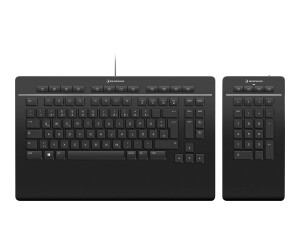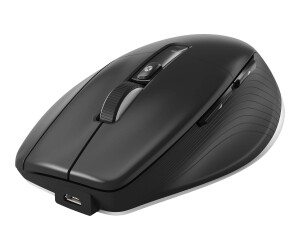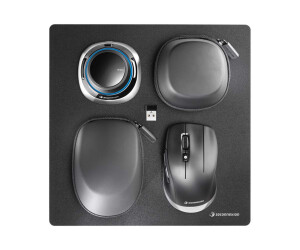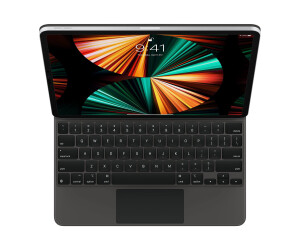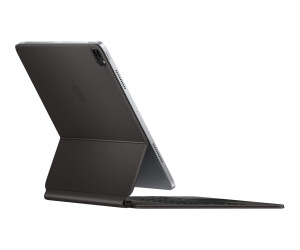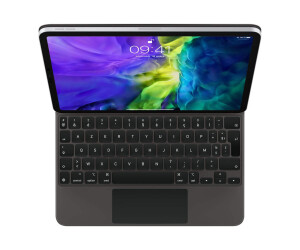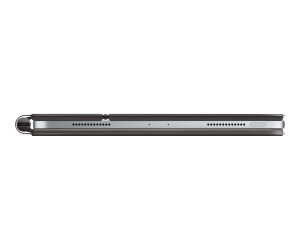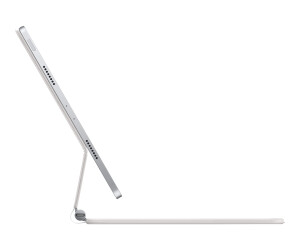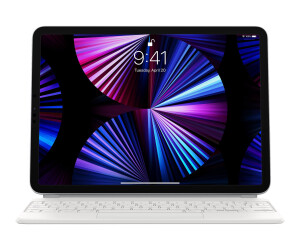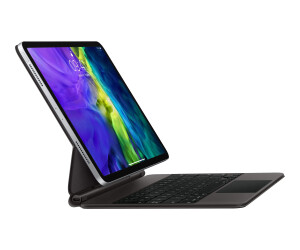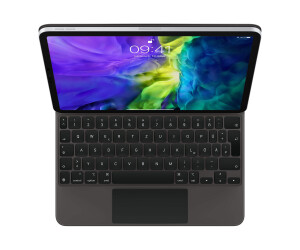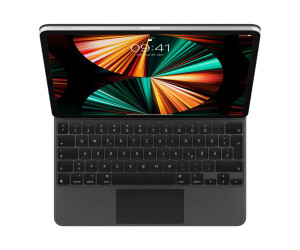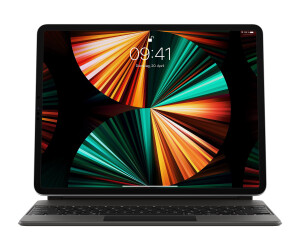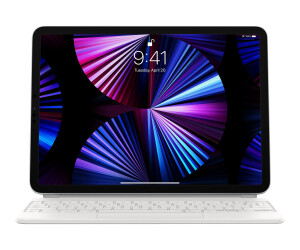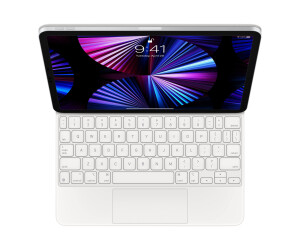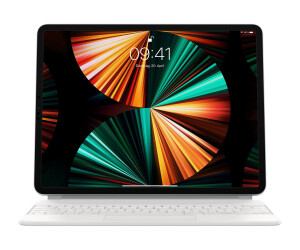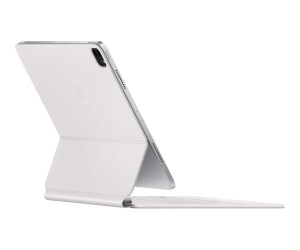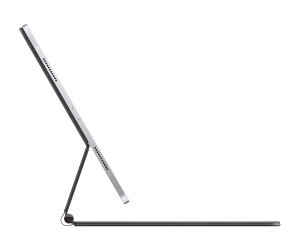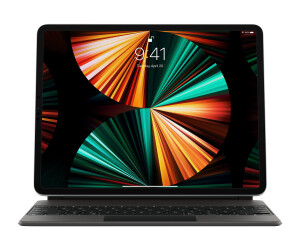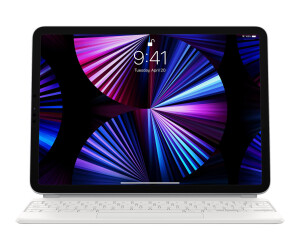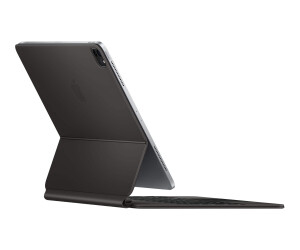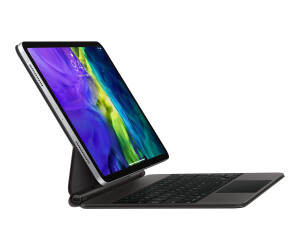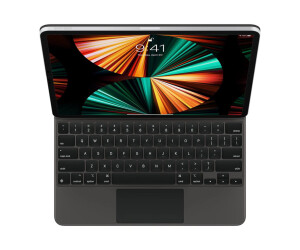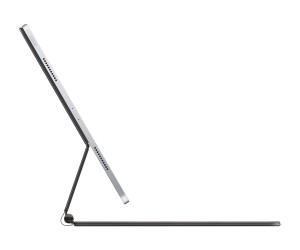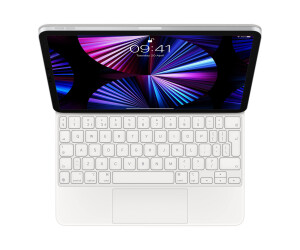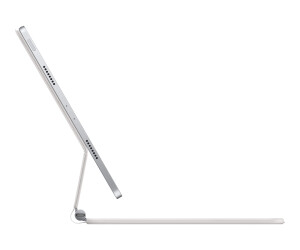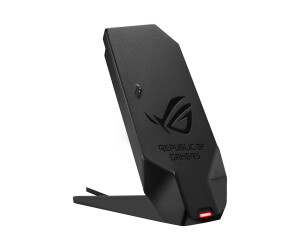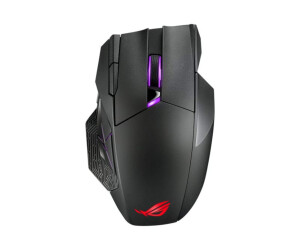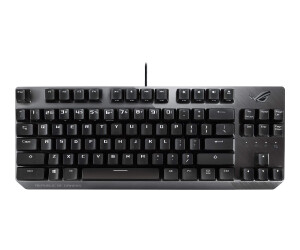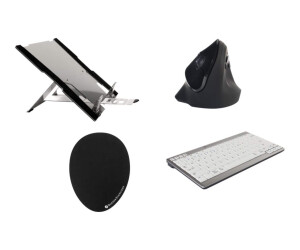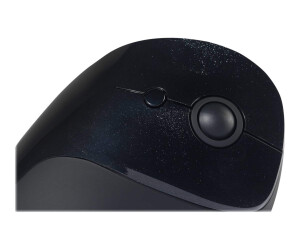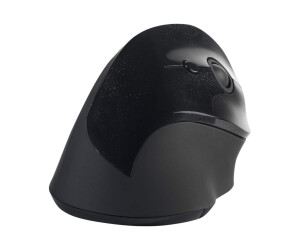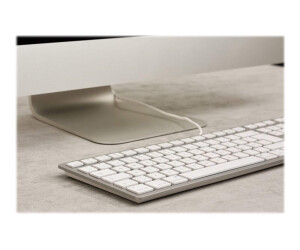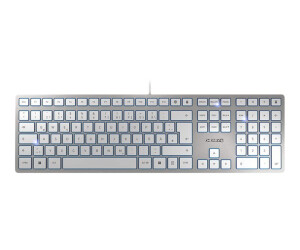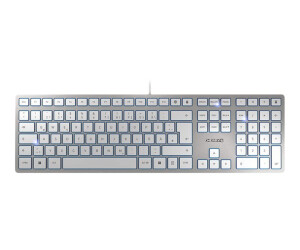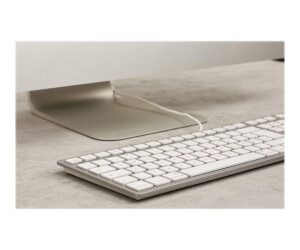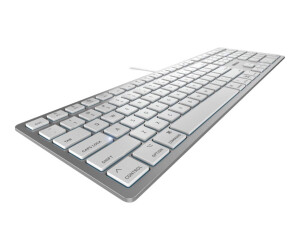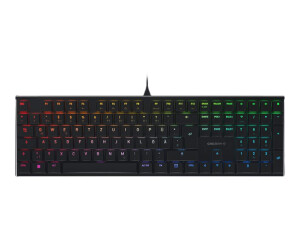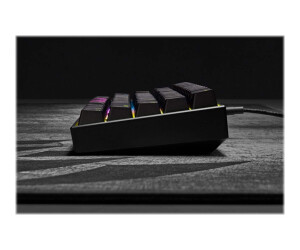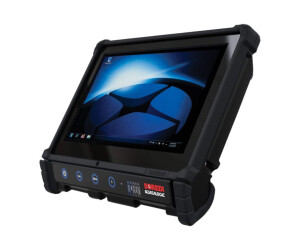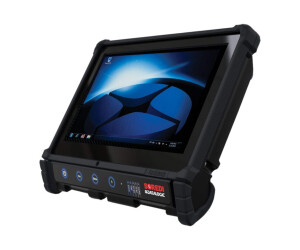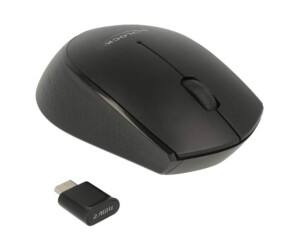USB Typ C
USB Typ C
USB Type C is the latest standard for the transmission of data and power over a single cable. The standard was introduced in 2014 by the USB-IF (USB Implementers Forum) and has since become very popular due to its versatility and performance. With USB Type C, devices can transfer data at speeds of up to 10 Gbps and simultaneously receive up to 100 watts of power. In this article, we will take a closer look at USB Type C, its features, advantages, applications, and much more.
Features of USB Type C USB Type C is a reversible cable, which means it can be plugged in either way. There is no "right" or "wrong" way to connect the cable, making it easier and more convenient. The connector has a symmetrical shape, which also allows for smaller dimensions and compatibility with a variety of devices.
USB Type C offers higher speed for data transfer and can transmit up to 10 Gbps. In comparison, USB 3.0 only transfers up to 5 Gbps. This means that USB Type C connections are significantly faster and can provide better performance for transferring large files, such as 4K videos or large data sets.
Another advantage of USB Type C is its support for multiple protocols. USB Type C is capable of supporting multiple protocols, including Thunderbolt 3, DisplayPort, and USB 3.1. This means that it is possible to connect different devices to the same cable, such as a monitor, an external hard drive, and a charger. USB Type C also allows for charging devices through the same connection, reducing the clutter of cables and chargers.
Advantages of USB Type C USB Type C offers several advantages over older USB versions.
- Faster data transfer: USB Type C provides higher speed for data transfer. This means that files can be transferred faster, and less time is required to copy large amounts of data.
- Reversible design: Another major advantage of USB Type C is its reversible design. There is no "right" or "wrong" way to connect the cable, making it easier and more convenient.
- Support for multiple protocols: USB Type C supports multiple protocols, including Thunderbolt 3, DisplayPort, and USB 3.1. This allows for the use of the same cable for different devices and functions.
- Power delivery: USB Type C can deliver up to 100 watts of power, which means it is possible to charge devices such as laptops, tablets, and smartphones through the same connection. This means fewer cables and chargers and a simpler, sleeker design.
- Versatility: USB Type C is capable of connecting many different devices, from smartphones and tablets to laptops, monitors, cameras, and more. It is a universal cable that can connect various devices with a variety of functions.
- Future-oriented: USB Type C is a future-oriented standard that is capable of responding to future developments in technology. It offers higher speed, more power, and support for different protocols that may become even more important in the future.
- Improved security: USB Type-C features enhanced security functions that protect it from overheating, overcurrent, and overvoltage. It is also capable of detecting and identifying a connection, providing a higher level of security and protection.
Applications of USB Type-C USB Type-C is utilized in various fields, ranging from smartphones and tablets to laptops, monitors, cameras, and more. Here are some of the most common applications of USB Type-C:
- Smartphones and tablets: Many modern smartphones and tablets use USB Type-C as a charger and for data transfer.
- Laptops and desktop computers: USB Type-C is also employed in laptops and desktop computers to connect various devices, including external hard drives, monitors, and cameras.
- Monitors and displays: USB Type-C can be used as a connection for monitors and displays to transmit high-resolution videos and graphics at high speed.
- Cameras: USB Type-C can also serve as a connection for cameras to transfer images and videos to the computer.
- Audio devices: USB Type-C can be utilized as a connection for audio devices to transmit music and other audio content.
Summary USB Type-C is a powerful and versatile standard for data and power transmission. It offers higher speed, support for multiple protocols, increased power delivery, and a reversible design that makes it more convenient to connect the cable. USB Type-C is utilized in various fields, including smartphones, tablets, laptops, monitors, cameras, and more. It is a forward-looking standard capable of adapting to future technological advancements and providing enhanced security features.

